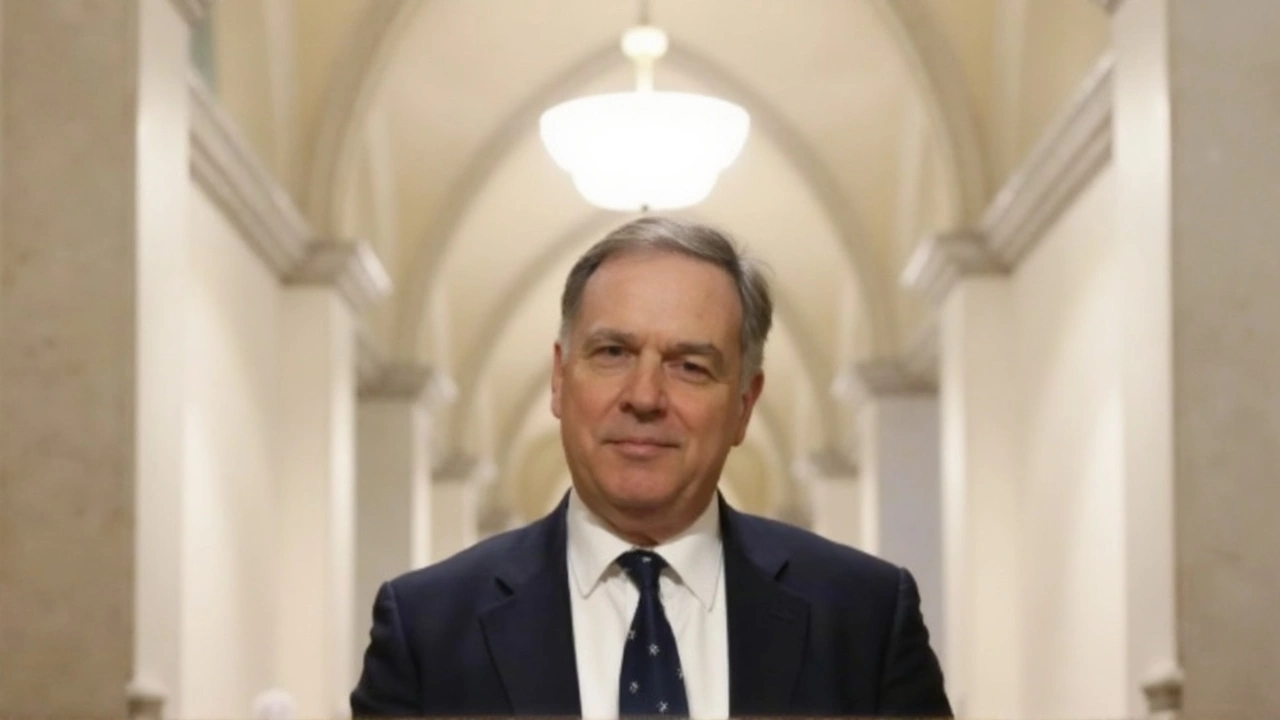Bank of England: Simple Guide to How It Works
Ever wonder why your mortgage jumps or your savings rate changes? Most of that comes from the Bank of England – the UK’s central bank. It’s the body that decides the official interest rate, prints money, and tries to keep inflation under control. In plain English, it’s the money‑coach that tells banks how much to charge each other for loans, and that trickles down to the rates you see on your credit card or savings account.
Understanding what the Bank does can help you make smarter choices with your money. Whether you’re budgeting for a house, planning a holiday, or just curious about the news, knowing the basics lets you see the bigger picture behind the headlines.
Why Interest Rates Matter
The Bank’s main tool is the Bank Rate. When the economy feels a bit hot – prices rising fast – the Bank may lift the rate to cool things down. Higher rates make borrowing more expensive, so people and businesses tend to spend less, which eases price pressure. On the flip side, if growth slows and jobs are at risk, the Bank can cut the rate, making loans cheaper and encouraging spending.
These moves affect everyday life. A change of just 0.25% can mean a few extra pounds on a mortgage each month, or a slightly better return on a savings account. It also impacts what you pay at the pump, the cost of a car loan, and even the value of the pound against other currencies.
What’s useful to keep in mind is that the Bank doesn’t act on every tiny shift in the market. It looks at a range of data – inflation, wages, unemployment, and global events – before deciding. That’s why you’ll see statements from the Governor and a quarterly report called the Monetary Policy Report. Those documents break down the reasoning behind each decision, and they’re worth a skim if you like the details.
A Quick Look at the Bank’s History
The Bank of England was founded in 1694 to fund the government’s war efforts, making it one of the world’s oldest central banks. Over time, its role shifted from just managing the nation’s debt to controlling the money supply and maintaining price stability. The modern framework – targeting 2% inflation – was set in the early 1990s after a period of high price growth.
Since then, the Bank has faced a variety of challenges: the financial crisis of 2008, which forced it to lower rates to near‑zero and start buying government bonds; the Brexit vote, which added uncertainty to trade and investment; and the COVID‑19 pandemic, which saw another round of emergency rate cuts and quantitative easing.
Each of these episodes taught the Bank new tricks, from introducing negative rates in some cases to communicating more clearly with the public. The goal remains the same: keep the economy stable so people can work, save, and spend without wild price swings.
So, when you hear a news story about the Bank of England raising rates, think of it as the central bank trying to keep the economy on a steady track. It’s not about making money for the Bank; it’s about balancing growth and price stability for everyone.
Bottom line: the Bank of England may seem distant, but its decisions touch your pocket every day. Keeping an eye on its rate announcements, reading a quick summary of the Monetary Policy Report, and understanding the basic goal of controlling inflation can give you a clearer view of why your bills change and how you can plan ahead.
Bank of England Holds Back on Big Rate Cuts as Inflation and Global Risks Loom
The Bank of England is sticking to a cautious approach on cutting interest rates, facing stubborn inflation and global uncertainty. Despite small reductions, policymakers are prioritizing stability as global trade tensions and volatile energy prices make for a tricky economic landscape in 2025.









